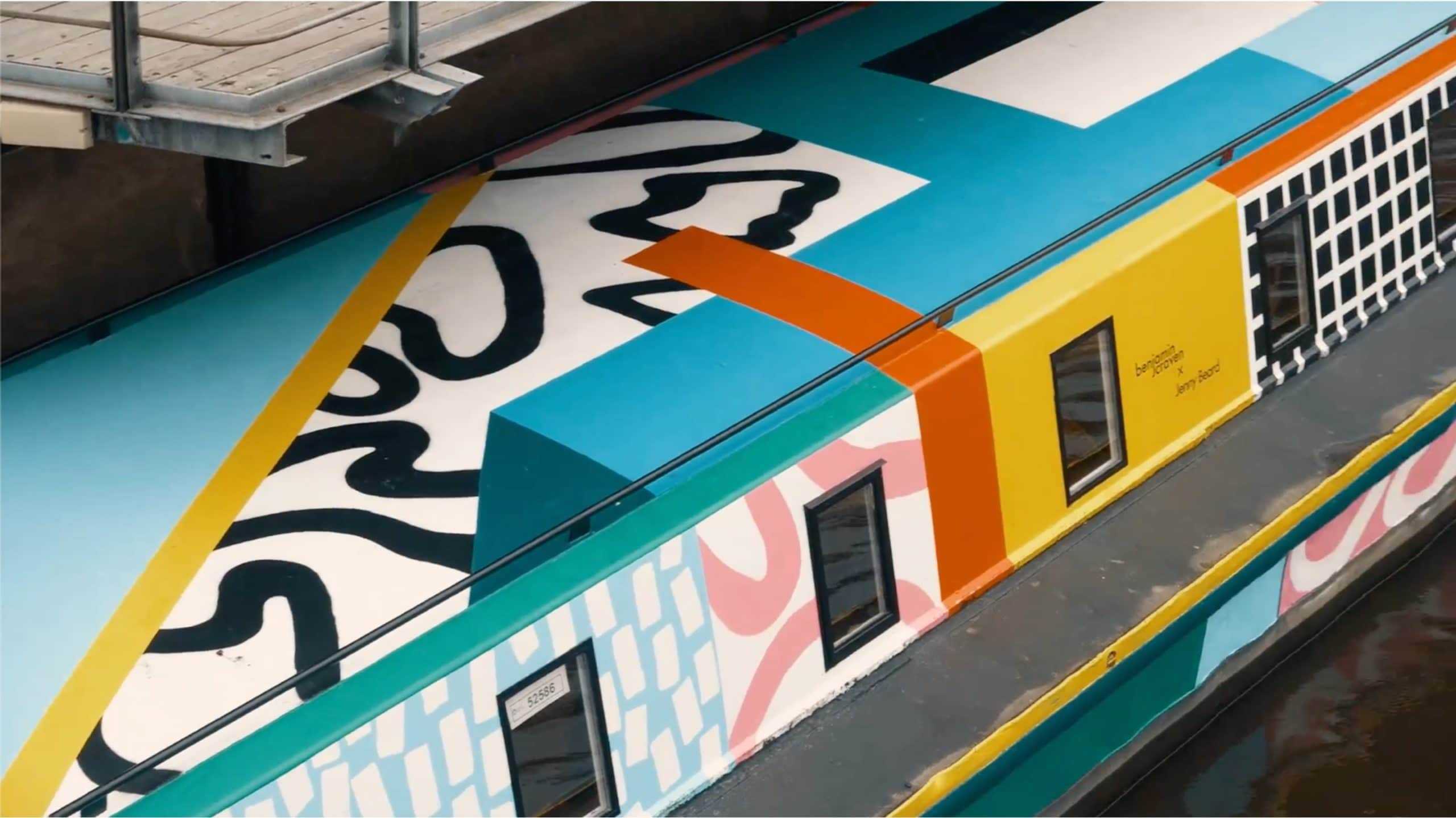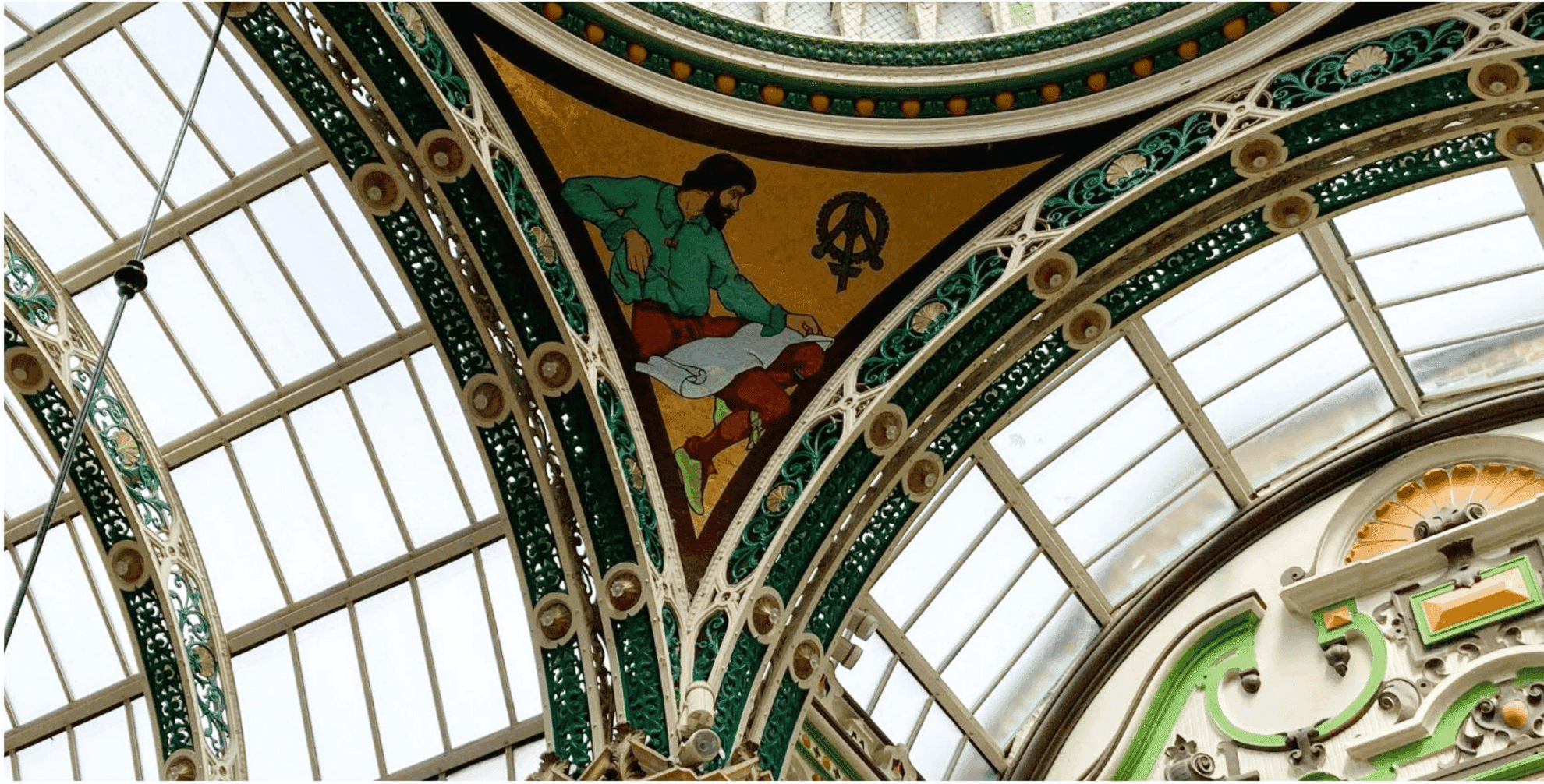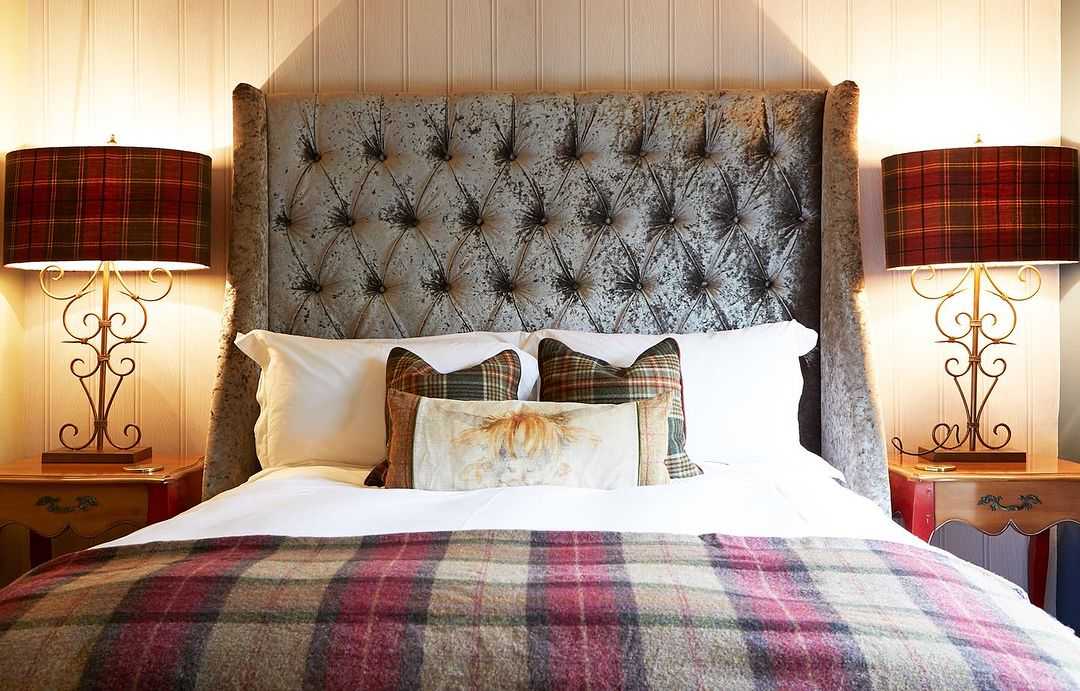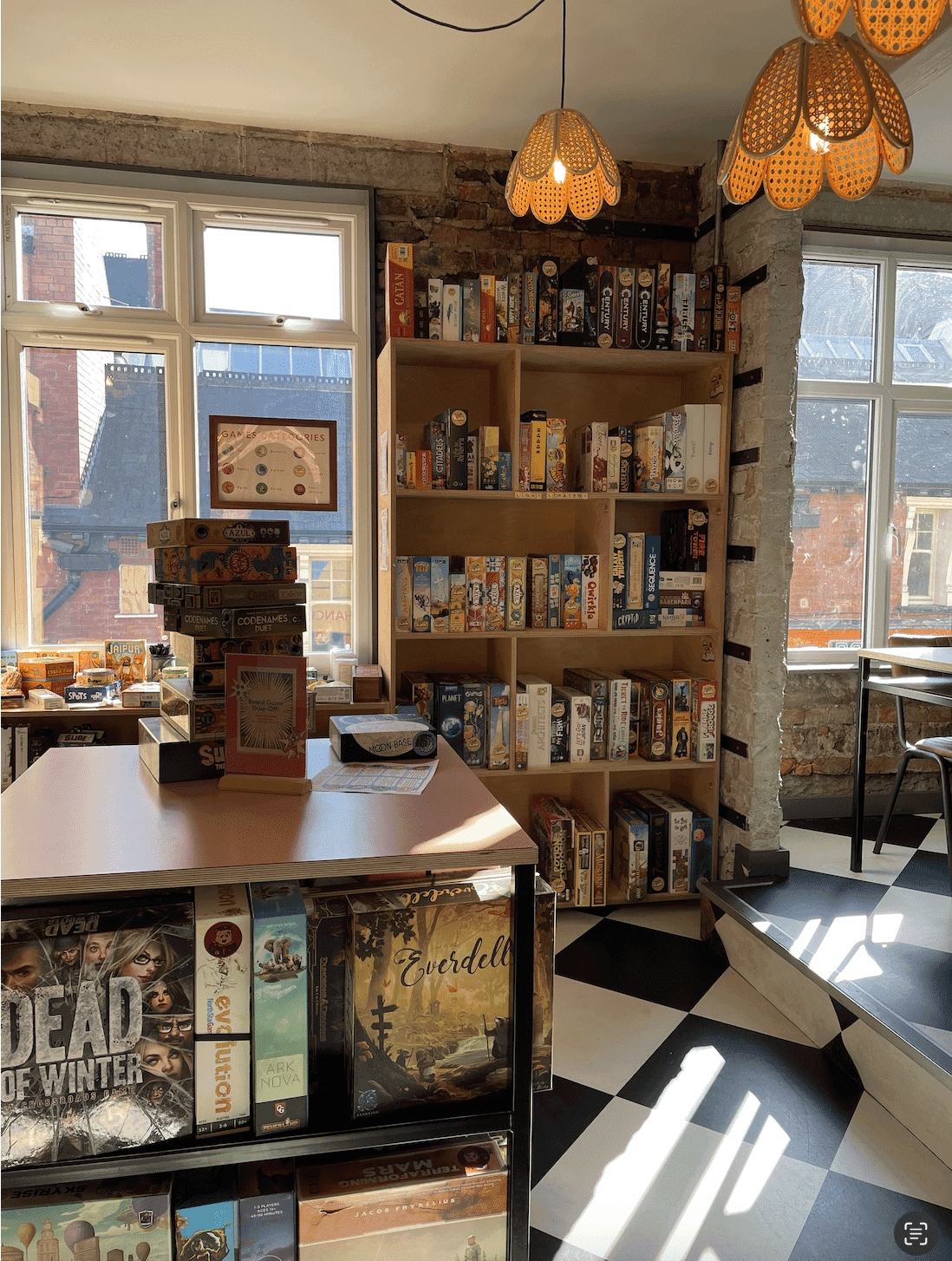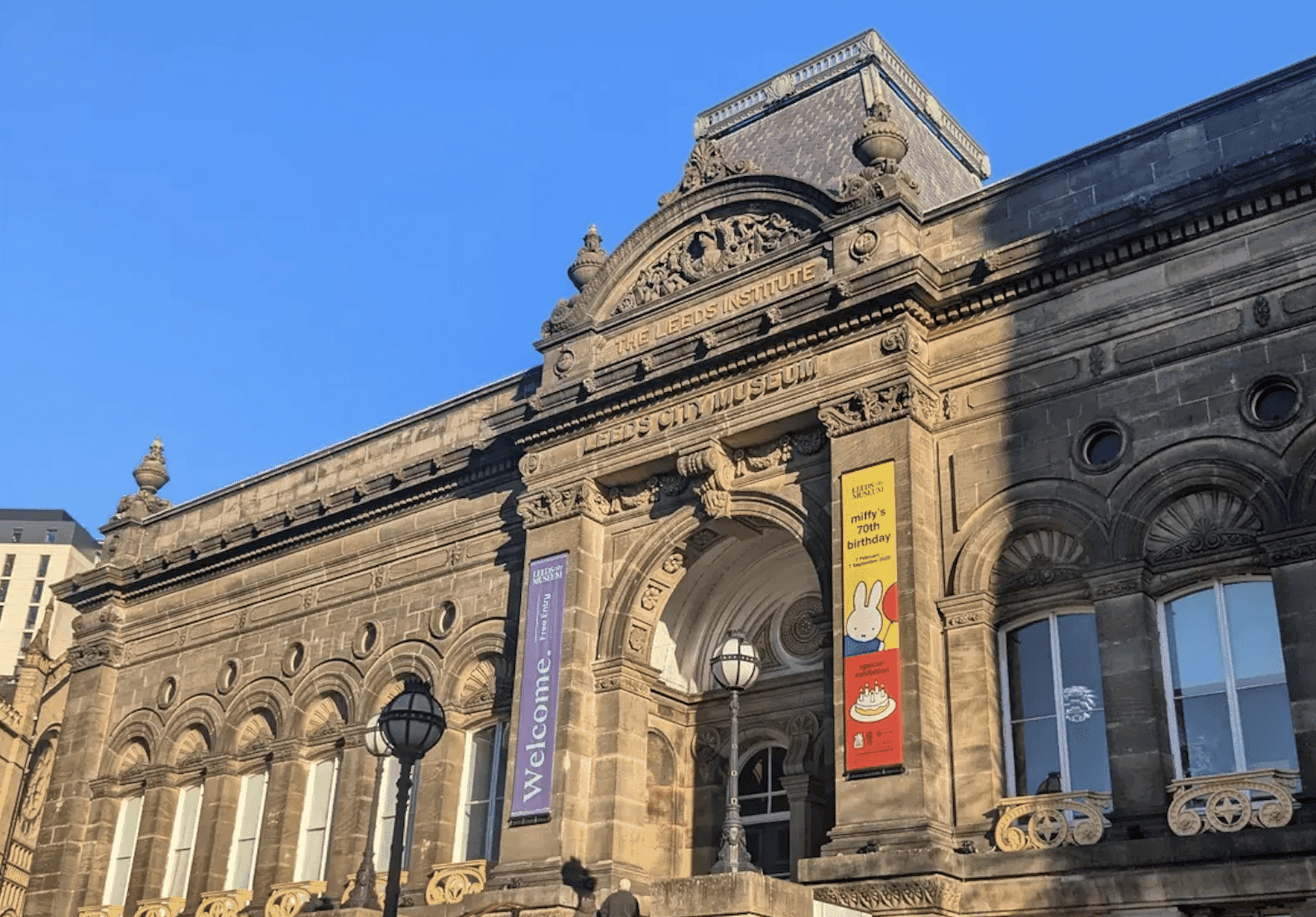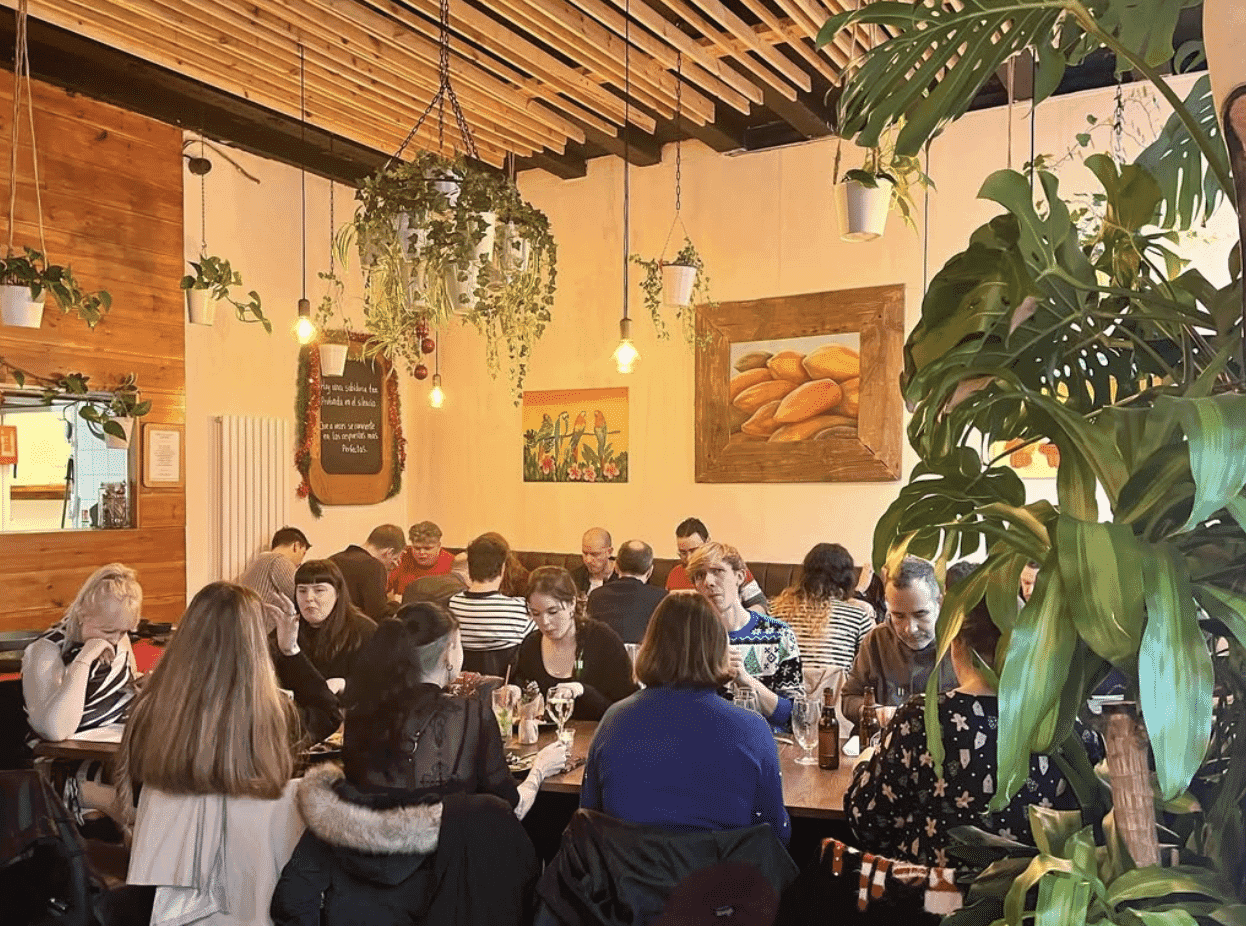Leeds is a well known city for many great things. Classic nights out, dining out experiences, a cultural variety and a vibrant shopping scene. However, many people are ignorant of the colourful and rich history behind the city we all love today. Leeds has been home to some big achievements that deserve recognition, including playing a huge part in the pottery movement of the 1880’s. The amazing pottery and tile industry that thrived in Leeds spread throughout the country and even explored beyond our borders. So, it’s something we really should celebrate…
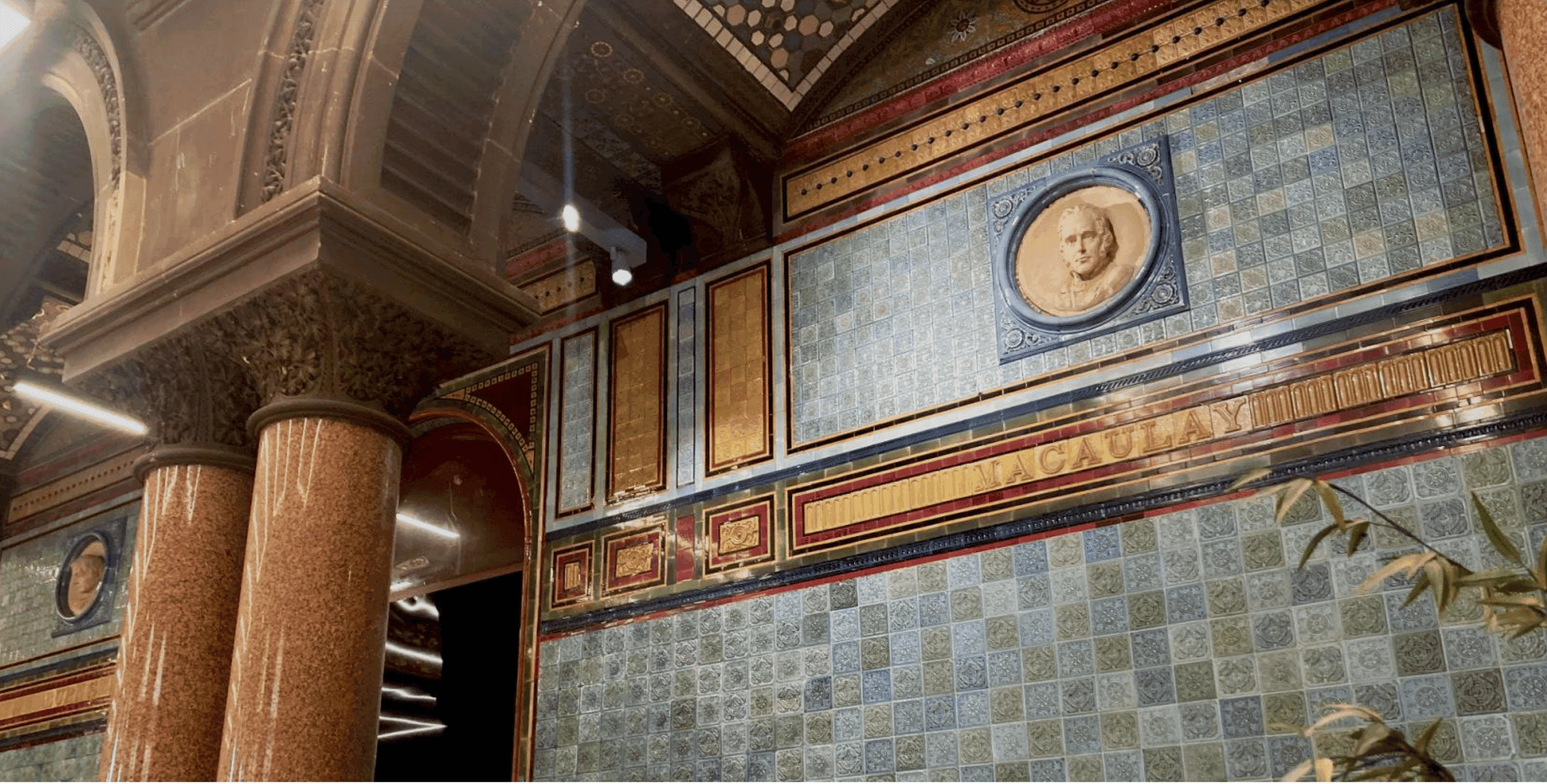
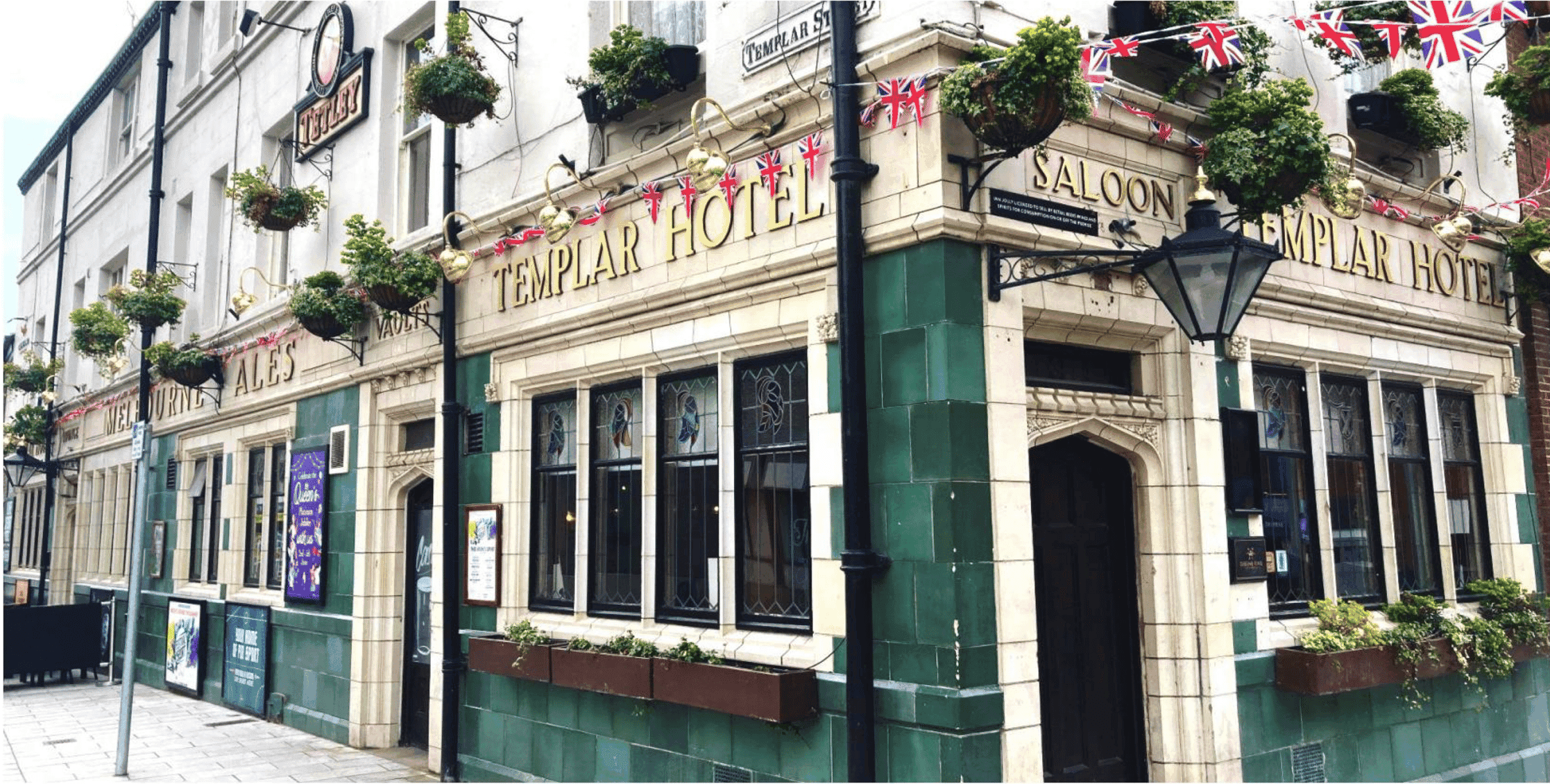
Burmantofts Pottery set up in 1859 after the discovery of fire clay in a coal mine, which allowed the business to expand further. However, they only saw success for a short period of time between 1880 and 1904. From 1879 they began producing glazed bricks, glazed terracotta and decorative bricks, with the beginning of their pottery production following only a year later. More than 2000 types of models were produced by Burmantofts between 1880 and 1904, including vases, bottles and even swans. These delicate products were sold in London, Paris and Montreal in 1885 until pottery production ceased after it became non-profitable in 1904. The company later closed down in 1957.
Tiles produced by Burmantofts were categorised into either dust-pressed tiles or press-moulded tiles. The difference between the two being that dust-pressed tiles are bulk produced to cover large sections of wall in glazed tiles, whereas press-moulded tiles are moulded by hand and created with raised designs in low relief for a émaux ombrants, also known as shadow enamel effect. Both types of tiles are usually only covered in a single layer of translucent glazing. Burmantofts art tiles and pottery were popular amongst middle-class customers, especially products using the barbotine method which uses a ceramic slip to decorate.
These historic tiles have been used in magnificent buildings across the country to create stunning interiors and exteriors. Alfred Waterhouse (1830 – 1905) was a successful architect who used Burmantofts tiles in a number of the buildings he has designed. The buildings designed by Alfred that incorporate these tiles include the National Liberal Club in London, and the Great Hall of the University of Leeds.
The National Liberal Club was completed in 1887 in a renaissance revival style. It became a home for democracy and a place of ease for its members to socialise and unwind without the class distinction found at other clubs. The impact of the arrangement of the Burmantofts tiles used in various rooms of the National Liberal Club were described as ‘neither gorgeous in colour nor complex in its forms’.
The gothic style Great Hall of the University of Leeds was built on the grounds of the demolished Beech Grove Hall Estate and was opened in 1894 by the Duke and Duchess of York. Its staircase is lined with Burmantofts tiles, with the balustrade, columns, floors and walls of the staircase decorated in different elegant shades of brown.
Atlas House and County Arcade are two more stunning locations home to Burmantofts tiles that you can find in the heart of the city. Found on the corner of King Street, Atlas House was constructed in 1910 for the Atlas Insurance Company to be used as offices. The striking building was faced with Burmantofts beautiful white marmo faience with hints of pale gold and green hidden amongst the tiles. Positioned above the door is the symbol of the original company residing in the building, a sculpture of Atlas struggling underneath the weight of the world.
County Arcade dates back to 1898 and can be found in the Victoria Quarter alongside the Cross Arcade. The exterior walls of the arcade were built using Burmantofts faience terracotta in the colour butterscotch and red bricks. If you look up inside the arcade you will find the brightly-coloured, eye-catching vitreous mosaics made with Burmantofts tiles.
If you find yourself outside of Leeds and down in the capital, one building you will definitely want to visit is the Michelin House. The breathtaking building is made up of Burmantofts white marmo faience with the similar hints of colour found in the tiles of Atlas House. Other faience tiles can be spotted with various images related to tyres and the company. These tiles add to the beauty of the building and complement the impressive stained glass windows picturing the ‘Michelin Man’ raising a goblet.
Burmantofts tiles have added elegance and beauty to these buildings and their unique pottery has made them a company to remember. It is amazing to think that these artistic tiles and pottery pieces produced right here in Leeds have travelled throughout the country and even beyond. The short but very sweet success of Burmantofts pottery is a part of Leeds history that should always be celebrated and never forgotten.
